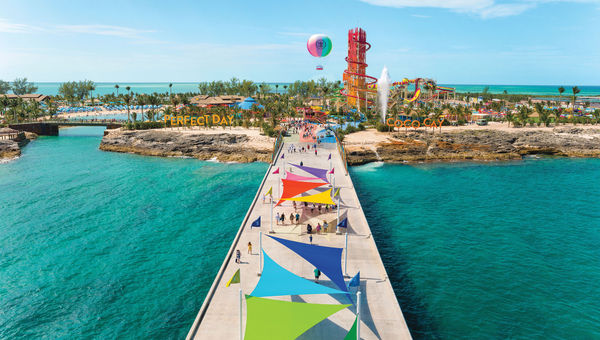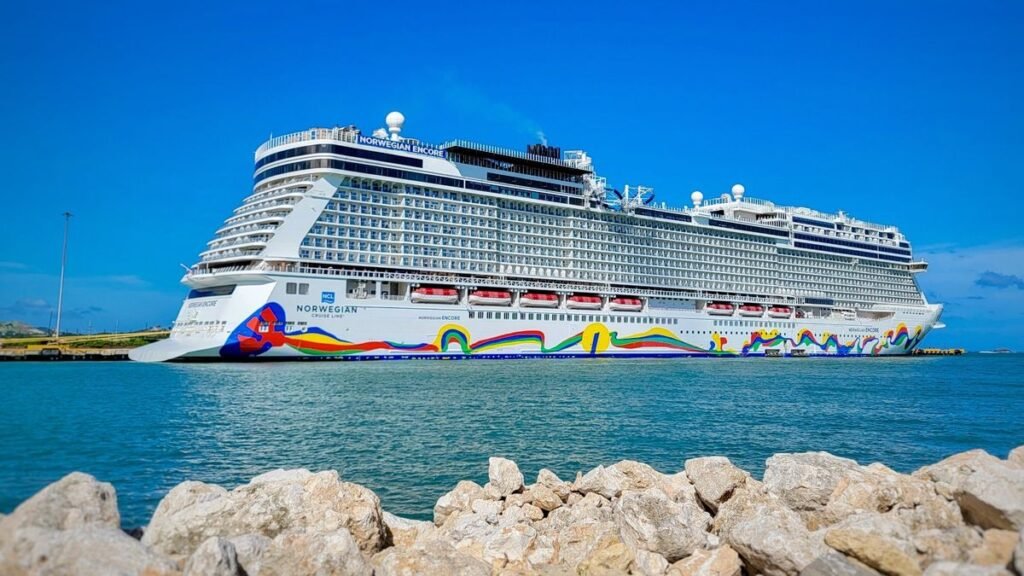The Caribbean continues to be a cornerstone of the modern cruise industry, as highlighted by recent strategies from major cruise lines.
Harry Sommer
Norwegian Cruise Line Holdings (NCLH) has announced plans to increase its Caribbean fleet deployment by 10% in 2026, while reducing its European presence by 6%. This shift underscores the growing demand for Caribbean vacations, emphasized during the company’s Q2 earnings call in July. NCLH CEO Harry Sommer stated that the enhanced Caribbean itineraries were a direct response to consumer preferences seeking sun-soaked experiences.
“Our goal is to curate itineraries that yield the highest guest satisfaction and repeat booking rates. This expanded Caribbean presence aims to deliver on that objective,” Sommer noted.
Among NCLH’s three brands, Norwegian Cruise Line boasts the largest Caribbean footprint. However, President David Herrera acknowledged that the brand had previously “under-indexed” in the region due to lucrative opportunities in Europe and Alaska.
“As we expand our capacity, we are prioritizing investments in the Caribbean to fulfill our guests’ preferences,” Herrera stated in an interview on July 29. “Feedback from our guests clearly indicates a strong desire to explore more of the Caribbean.”
NCLH is joined by other key players in the cruise sector who are increasingly focusing on Caribbean offerings. Carnival Cruise Line consistently positions a significant portion of its fleet in the region, while Royal Caribbean International is heavily investing in private Caribbean destinations. Currently, 15 out of its 29 ships are sailing in the Caribbean, a number projected to rise in the coming winter season.
A spokesperson for NCLH confirmed that its strategic shift signals long-term plans. “We continuously adjust our itineraries to enhance guest experiences, and the 2026 deployment model will serve as a strong foundation for future decisions.”

Theresa Scalzitti
Cruise Planners COO Theresa Scalzitti emphasized that NCL’s previous shift towards Europe had negatively impacted its Caribbean itineraries. The Caribbean remains a favored destination for U.S. families, and NCL’s renewed focus on these routes represents a reversion to its traditional market strengths.
“NCL understands that their stronghold lies in family-oriented Caribbean sailings,” she remarked.
The Pull Towards Private Destinations
The trend towards shorter sailings and continued investment in private cruise destinations signals a revitalized focus on the Caribbean. Brands like Royal Caribbean are among the leaders in these developments. They categorize their brief itineraries as “big weekend” sails. As private destinations multiply, these quick getaways are becoming even more appealing, President Michael Bayley shared during Royal Caribbean Group’s Q2 earnings call last month. On two or three-night cruises, passengers can visit exclusive spots like Perfect Day at CocoCay and the upcoming Royal Beach Club in Nassau.

Perfect Day at CocoCay, Royal Caribbean’s private island in the Bahamas. Photo Credit: Royal Caribbean
In a parallel initiative, NCL is set to unveil a waterpark at its private island, Great Stirrup Cay, anticipated to launch next summer. Carnival Cruise Line recently opened its private destination, Celebration Key, on Grand Bahama last month, furthering its commitment to enhancing Caribbean experiences.
As lines invest more in their private Caribbean islands, Scalzitti believes the focus on Caribbean itineraries will continue. “If they can optimize routes to include additional stops at these islands, it not only boosts investment returns but elevates guest experiences,” she explained.
Despite the current Caribbean trend among contemporary cruise lines, luxury cruising remains high in demand. While Cruise Planners has noted strong interest in Europe this year, Scalzitti suggests that Caribbean luxury options are increasingly appealing to seasoned travelers looking to avoid long flights.
NCLH’s upscale brands, Oceania Cruises and Regent Seven Seas, have not yet indicated plans to align with NCL’s Caribbean strategy; however, they remain strong in Europe and offer distinct Caribbean itineraries targeting more affluent demographics.
Luxury cruise advisor Dennis Nienkerk has observed a shift, with many clients opting for shorter flights to enjoy Caribbean cruises instead of lengthy journeys to Europe. He has found a marked increase in the interest for Caribbean luxury cruises over Mediterranean options.
“Clients are expressing a preference to skip long European flights, and while Caribbean fatigue exists, the proximity still makes it an attractive choice,” Nienkerk noted.



